
Wikipedia defines a B film as the following:
“A B movie is a low-budget commercial motion picture that is not an arthouse film. In its original usage, during the Golden Age of Hollywood, the term more precisely identified a film intended for distribution as the less-publicized, bottom half of a double feature.” Encyclopedia Britannica furthermore adds “The characteristics of B-films included low budgets, tight shooting schedules, formulaic scripts, relatively short running times, and minimal production design.”
This list was made with this definition in mind. Please consider the following films: 20 Great “B” Films that You Probably Never Saw.
1. Manos, Hands of Fate (1966)
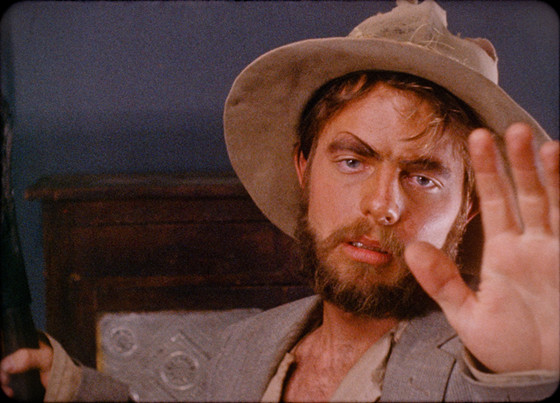
Talk about a “B” film; this is more of a “Z” film, Z being for the sound of snoring emanating from the audience. Director Harold P. Morgan, a fertilizer salesman from El Paso, mad a bet with Oscar winning writer, Stirling Silliphant, that he could successfully produce a horror film and he did; the results are this film, knowingly called the worst film ever made.
Morgan cast himself in the lead and pulled the rest of the small cast from local theater groups and with a scrapped together $19,000.00, he made this laughable feature. Everything about this film is either wrong or technically off: the dialogue, the sound, the editing, the entire concept is pretty much half baked. Morgan’s reply to any objection became “We’ll fix it in the lab” which pretty much display how little Morgan actually knew about filmmaking.
Perhaps it is Morgan that is having the last laugh however as a cult following has sprung up around Manos leading to the film being rediscovered by avid fans (thanks largely in part by being openly mocked in Mystery Science Theatre 3000) and the soundtrack and a blu-ray version of the film is now easily available.
The basic plot is of a vacationing family that loses its way and stumbles upon a cult of devil worshipping fools, consisting of a man known as The Master and his satyr-like assistant Torgo (he of the backward knees); also featured are some scantily clad dead wives that fight over The Master in the backyard, and a scene where Torgo loses his hand and the entire thing is played straight. This film goes into the record books for being practically unwatchable.
2. The Black Cat (1934)
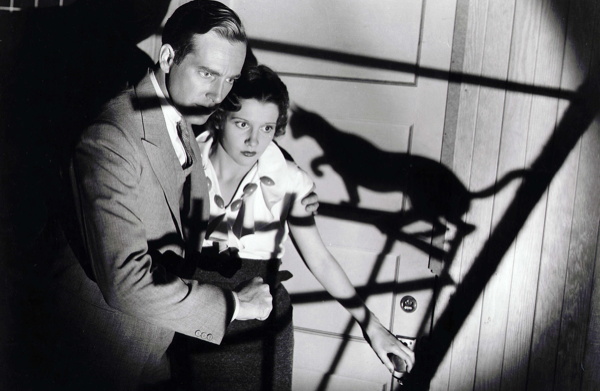
This is an odd film. It was obviously done on a lower budget, but it starred the two leading names in horror films: Karloff and Lugosi. Directed by Edgar G. Ulmer in 1934 and made by Universal Studios; this was one of their top grossing films of the year.
The plot is that newlywed couple, played by David Manners and Julie Bishop, is taking the train to Gombos when their compartment is overbooked. There they met the courtly Dr. Vitus Werdegast, a former prisoner of war going to visit an old friend. After a road accident, the three are taken to the home of Hjalmar Poelzig and end up trapped there by their crazed host.
Poelzig’s ornate home is actually built on the former battlefield where Werdegast was held captive and he is about to begin a twisted plan of revenge and destruction. The film slowly unveils a lurid plot featuring plenty of grotesque behavior including Satanism, pedophilia, incest and necrophilia. Ulmer’s sure direction of the film is remarkable especially due to the restricted budget; it ironically was Universal’s highest grossing film for that year.
There are many reasons to recommend this film: the interaction between the two stars is excellent with Karloff as an Allister Crowley like Satanist architecture and Bela Lugosi as a former prisoner of war. The entire film is heavily influenced by German Expressionism and the Art Deco sets are magnificent.
The use of music throughout the film was a new concept and it is used to create an atmosphere of doom with successful application. This was indeed a “B” film at the time of its premiere and was made on a budget of $95,745 but it yielded a hefty reward of $236,000, not bad for 1934.
3. Crimewave (1985)
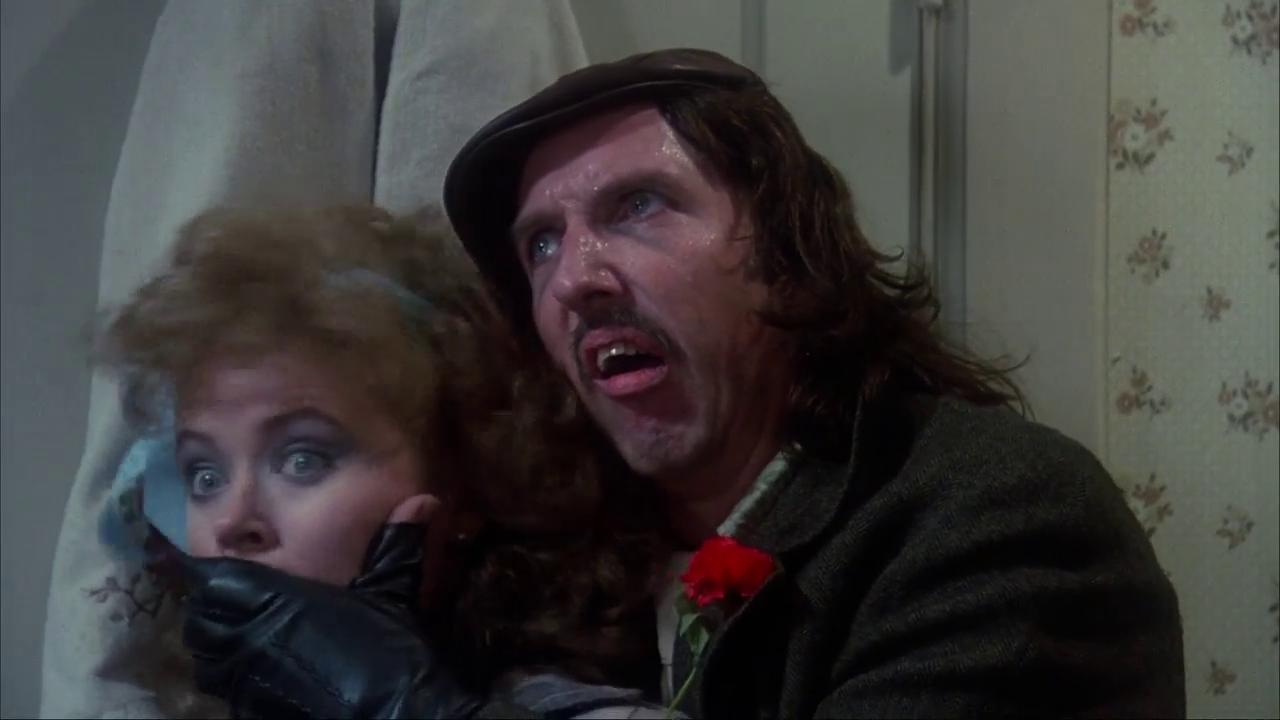
Way back in 1985 before Sam Raimi became the cinema’s darling and a few years before the Coen Brothers became household names, they all worked together on this unsung gem.
Feeling at times like a Warner Brothers Looney Tunes cartoon come to life, this film mixes up a heady stew of B film convections, bringing together elements of prison films, cheap film noir thrillers, chase films and slapstick antics.
However the real reason to seek out this film is because of the cast; not only do we get Bruce Campbell (Evil Dead), but also Brion James (Bladerunner), Paul Smith (The Big Lebowski), and Louise Lasser (Mary Hartman, Mary Hartman), and Frances McDorman (the future Mrs. Joel Cohen), all mixed up together in this film that could have been a winner if the big shot producers had kept their hands off the final product.
The plot, which is a mere excuse to set into motion the Coen Brothers Rube Goldberg like storyline, boils down to a black horror comedy with noir like touches. Victor Ajax, moments before being led to the electric chair, looks back on his nerdish life and reflects on how he got himself into this jam. Raimi throws lock, stock and barrel at the audience and produces a jaw dropping zany mixture of clichés, zaniness and stooge influenced antics. A neglected classic.
4. Possession (1981)
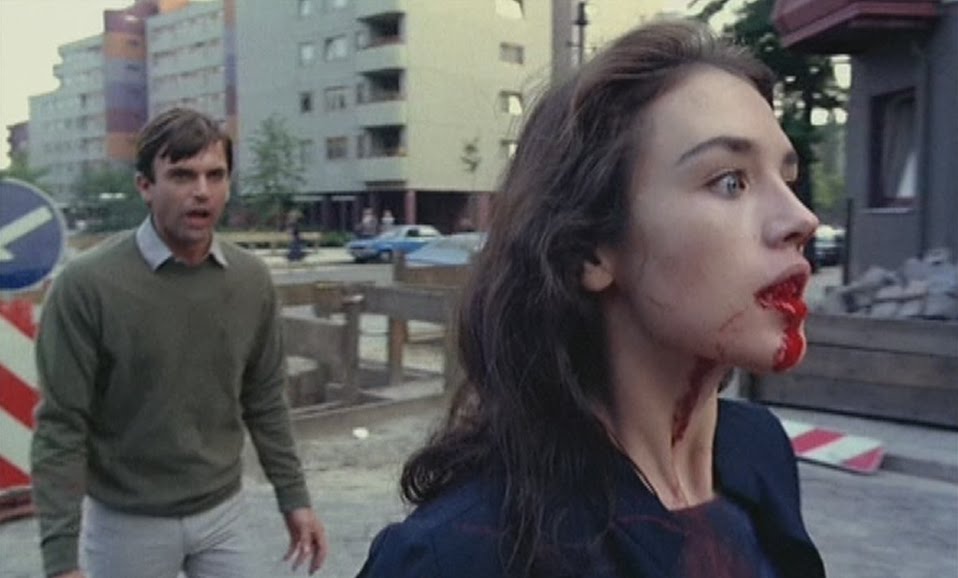
The late Andrzej Zulawski directed this most unusual film about a couple that are going through the pains of a divorce but there is much more involved than the usual sentimental tearjerkers. Most assuredly a horror film first, this is not your usual man in a rubber suit horror shocker; Zulawski plums the depths of two tortured souls as he investigates the state of unease between man and wife portrayed by Isabelle Adjani(Nosferatu) and Sam Neill(Jurassic Park).
To say that the plot is about a spy that is asked for a divorce and the ensuing troubles that develop is to short sell a magnificently detailed film that works on several different levels, all without supplying any easy answers. Adjani won the best actress award at the Cannes Film Festival for this film and she most assuredly deserves it as she puts on a gut wrenching performance as the love torn Anna.
Without giving away too much information, the film provokes several emotional plateaus and Anna’s torn and mixed feelings are projected in the creature that was created by the great Carlo Rambaldi. This is a German-French production and still provokes an amazing response today.
5. Neighbors (1981)
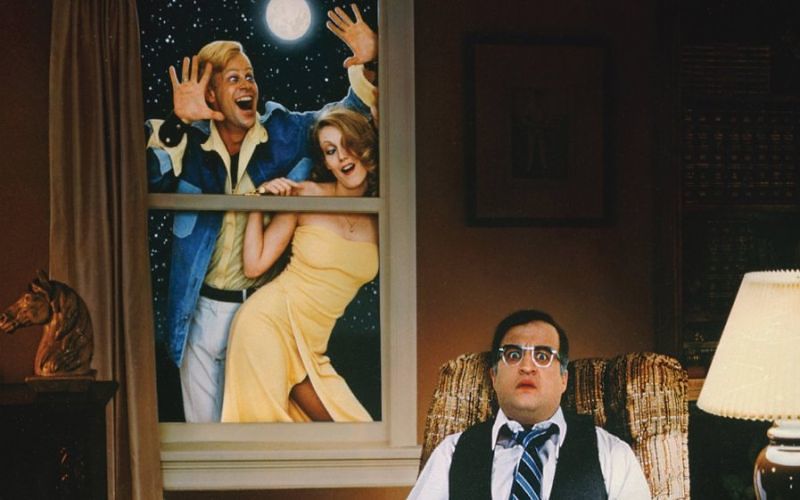
Certainly not to be confused with the heavy handed antics of Seth Rogen, this was a film based on a Thomas Berger novel by the same name. Poor John Belushi’s quiet middle class existence is shaken heartedly by the intrusion of new neighbors, Dan Ackroyd and Cathy Moriarty, who do their best to uproot Belushi’s peace and quiet with their disruptive presence.
This film is keenly off kilter and that feeling only adds to the black humor of the project; for once we get to see Belushi in a more subdued role, with Ackroyd playing his character as much larger than life. Neighbors is a blacker than black comedy and is an acquired taste; the role reversal of Belushi and Ackroyd makes for an interesting pairing.
6. Suburbia (1984)
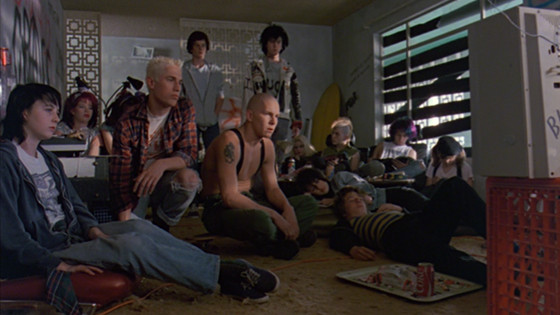
Penelope Spheeris (Decline of Western Civilization) returns to the punk scene that she finds fascinating at this peek into the lives of several down and out youths that have rejected their traditional family structures and have decided to live together in an abandoned tract home in a Los Angeles suburb.
Using authentic untrained actors, Spheeris imposes a bogus plot on the film in order to tell a story. Each of the youths has a backstory of trouble at home and instead they decide to live together in a squat forming a new sort of family where they can live without the restriction of parental authority.
Senseless rednecks from the neighborhood group together to drive the kids out and tragedy ensue. Sort of a nostalgic look back at a time that never really occurred, Spheeris captures the rough and ready existence of these punk rockers.